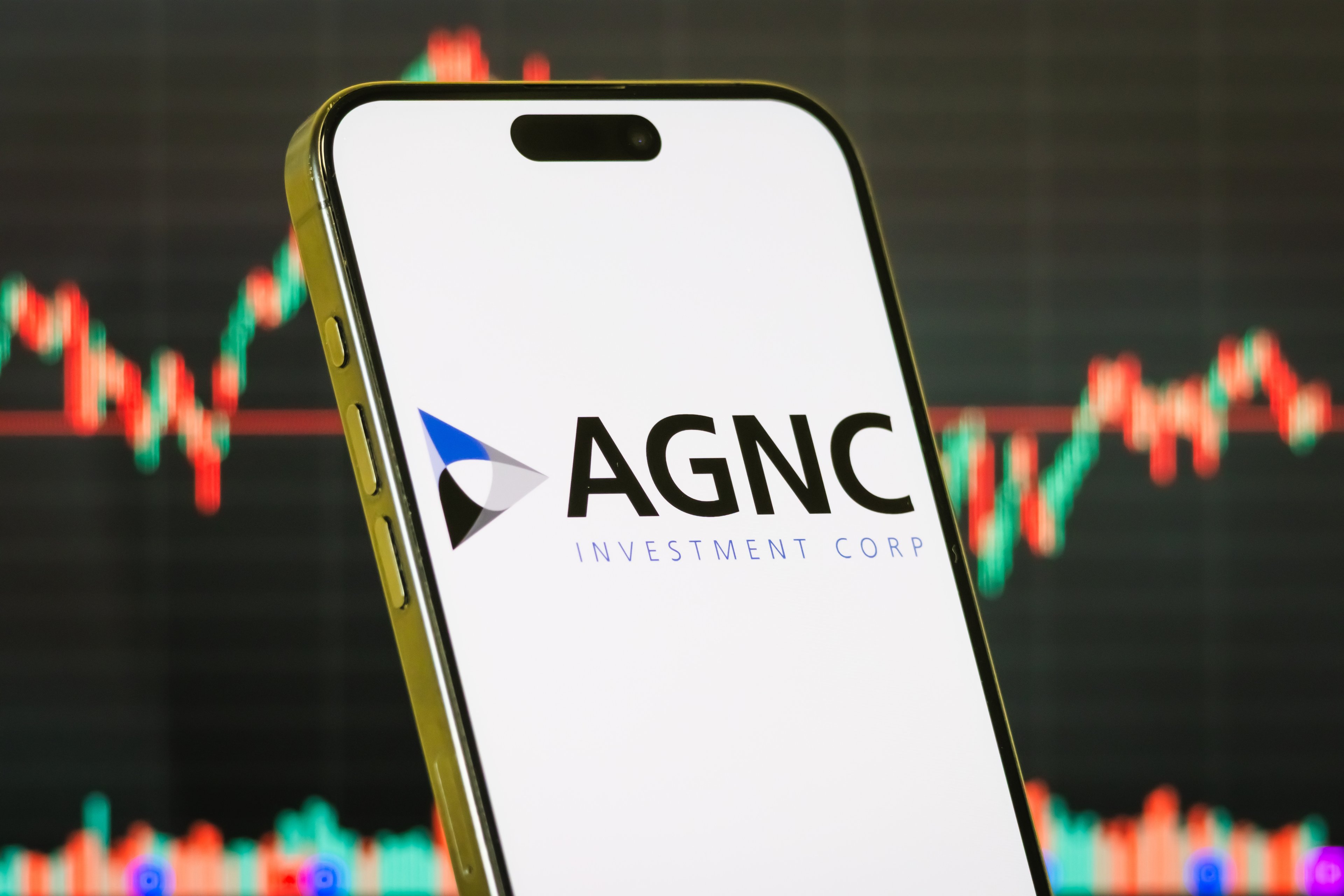AGNC Investment (AGNC +1.35%) has one of the highest dividend yields in the market. At 14%, it's more than 10 times higher than the S&P 500's dividend yield. Further, the company pays its dividend monthly, rather than the quarterly schedule of most dividend stocks. This combination of yield and payment frequency makes AGNC an enticing option for investors seeking to collect passive income.
Here's a look at whether this high-yielding real estate investment trust (REIT) is a buy.

Image source: Getty Images.
It's all about the alignment
AGNC Investment is more complex than most other dividend stocks. The REIT invests solely in Agency residential mortgage-backed securities (MBS), pools of residential mortgages guaranteed against credit losses by government agencies such as Fannie Mae and Freddie Mac. Agency MBS are low-risk investments that generate a fixed-income return (typically a low-to-mid single-digit yield).
The mortgage REIT invests in MBS on a leveraged basis, primarily via repurchase agreements. Using leverage can significantly increase its returns, though it also raises its risk profile.
Most REITs generate relatively predictable cash flow backed by long-term leases. Mortgage REITs, such as AGNC, on the other hand, earn a spread between the income they generate from their MBS investments and their borrowing costs. For example, AGNC earned a net spread of $0.35 per share during the third quarter. This number may be alarming at first glance, considering that the REIT pays $0.12 per share in dividends each month, or $0.36 per share quarterly.

NASDAQ: AGNC
Key Data Points
However, this is where the complexity of mortgage REITs comes into play. Earnings metrics aren't the best gauge of AGNC Investment's dividend stability. Instead, the REIT looks at whether the returns it can earn on MBS investments are in alignment with its cost of capital (dividend payments and operating costs).
During the third quarter, AGNC's cost of capital was 17%. Meanwhile, the return on equity (ROE) that it can earn on new MBS investments is currently in the 16% to 18% range. As a result, its cost of capital aligns with its returns, placing the dividend on a sustainable foundation.
Market conditions are good right now
Market conditions are a major factor in driving returns for the REIT's investment strategy. The environment is currently very positive. CEO Peter Federico stated in the third-quarter earnings press release that, "several macroeconomic dynamics continue to support our constructive outlook for Agency MBS." He noted that the supply of MBS is manageable, while demand is growing. Additionally, the financing market for MBS is solid, and there's a favorable range for mortgage spreads to benchmark rates. These factors drive his view that "AGNC is well-positioned to generate attractive risk-adjusted returns in this evolving investment environment."
The company strengthened its ability to capitalize on the positive market environment by raising additional capital during the third quarter. It completed the largest preferred stock issuance by a mortgage REIT since 2021 ($345 million). It also issued over $300 million of common stock at a meaningful premium to its tangible book value per share. That provides it with ample liquidity to capitalize on new MBS investment opportunities.
The potential for another misalignment in the future
AGNC's returns currently align with its costs, thanks in part to the positive market conditions. However, that might not always be the case. The REIT has had to cut its dividend several times in the past due to a misalignment between its returns and costs, with the last reduction coming in 2020. If returns fall out of alignment again, the REIT might need to realign its dividend payment.
An enticing option for risk-tolerant income investors
AGNC Investment pays a monster dividend that it can currently sustain. Its returns align with its costs, and market conditions are favorable. However, both can change abruptly, which is a risk that investors need to keep in mind. Given that, AGNC Investment is only a buy for more risk-tolerant investors who could handle a potential future dividend cut.